GiddiFund Platforms
We help at every step from concept to market.
Current
₦0.00
Target
₦9,950,100,000.00
Backers
0

GIDDIFUND
"Please note: If you're donating from Nigeria, kindly make payments to the provided account number. It may take 48-72 hours for your contribution to reflect on the campaign goal."
Story
Objective:
To develop modern, eco-friendly infrastructure across Nigeria, including medical centers, housing, skyscrapers, and tourism hubs, thereby generating revenue and increasing tourism.
Infrastructure Development and Landscaping Plan
1. Site Assessment and Planning
- Site Assessment and Feasibility Studies
- Duration: 1 year
- Cost: $10 million
- Description: Conduct feasibility studies to identify suitable locations for all infrastructure projects.
2. Land Acquisition
- Land Acquisition
- Duration: 1 year
- Cost: $1 billion (assuming $20,000 per acre for 50,000 acres)
- Description: Acquiring land for medical centers, housing, skyscrapers, and tourism hubs.
3. Affordable Housing Projects
- Affordable Housing for Poor and Underprivileged
- Number: 100,000 eco-friendly homes
- Duration: 3 years
- Cost: $10 billion (assuming $100,000 per home)
- Description: Building modular, eco-friendly homes using locally sourced materials to provide shelter for poor and underprivileged citizens.
- Natural Resources: Utilize bamboo, compressed earth blocks, and recycled materials for construction.
4. Infrastructure Development
- Roads and Transportation Networks
- Duration: 5 years
- Cost: $15 billion
- Description: Developing roads, public transportation, and drainage systems to connect all areas.
5. Construction of Medical Facilities
- Primary Health Centers (PHCs)
- Number: 10,000 centers
- Duration: 2 years
- Cost: $2 billion (assuming $200,000 per PHC)
- Description: Building small, local health centers to provide basic medical services.
- General Hospitals
- Number: 500 hospitals
- Duration: 3 years
- Cost: $5 billion (assuming $10 million per hospital)
- Description: Constructing general hospitals to offer a wider range of medical services.
6. Skyscrapers and Modern Buildings
- Skyscrapers and Towers
- Number: 100 skyscrapers
- Duration: 5 years
- Cost: $50 billion (assuming $500 million per skyscraper)
- Description: Developing modern skyscrapers and towers similar to Dubai standards.
7. Tourism and Recreational Hubs
- Eco-Friendly Tourism Hubs
- Number: 50 tourism hubs
- Duration: 4 years
- Cost: $10 billion (assuming $200 million per hub)
- Description: Creating tourism hubs with hotels, recreational parks, and cultural centers.
8. Renewable Energy Systems
- Solar and Wind Energy Systems
- Duration: 4 years
- Cost: $5 billion
- Description: Installing solar and wind energy systems to power all new infrastructure.
9. Landscaping and Public Spaces
- Urban Green Spaces and Parks
- Duration: 3 years
- Cost: $2 billion
- Description: Creating parks, gardens, and green spaces in urban areas.
10. Operation and Maintenance
- Annual Maintenance Costs
- Cost: $1 billion/year
- Duration: Ongoing
- Description: Regular maintenance of facilities and equipment.
11. Training and Hiring
- Training Programs
- Cost: $500 million
- Duration: 2 years
- Description: Developing training programs for construction workers, medical staff, and maintenance personnel.
- Hiring Personnel
- Cost: $1 billion/year
- Duration: Ongoing
- Description: Recruiting and hiring qualified personnel for construction, healthcare, tourism, and maintenance.
Total Cost Breakdown and Timeline
| Component | Cost (Million USD) | Duration |
|---|---|---|
| Site Assessment and Feasibility | 10 | 1 year |
| Land Acquisition | 1000 | 1 year |
| Eco-friendly Housing Projects | 10000 | 3 years |
| Primary Health Centers (Construction) | 2000 | 2 years |
| General Hospitals (Construction) | 5000 | 3 years |
| Skyscrapers and Towers | 50000 | 5 years |
| Eco-Friendly Tourism Hubs | 10000 | 4 years |
| Roads and Transportation Networks | 15000 | 5 years |
| Renewable Energy Systems | 5000 | 4 years |
| Urban Green Spaces and Parks | 2000 | 3 years |
| Annual Maintenance | 1000/year | Ongoing |
| Training Programs | 500 | 2 years |
| Hiring Personnel | 1000/year | Ongoing |
| Total Initial Investment | 99,510 | 5 years |
Implementation Timeline
1. Year 1-2: Planning and Acquisition
- Site assessments, feasibility studies, and land acquisition.
2. Year 2-5: Infrastructure Development and Construction
- Construction of housing, medical centers, skyscrapers, and tourism hubs.
3. Year 3-5: Equipment Procurement and Installation
- Equipping health centers and hospitals with necessary medical equipment.
4. Year 4-5: Renewable Energy Systems
- Installing solar and wind energy systems.
5. Year 2-5: Landscaping and Public Spaces
- Developing urban green spaces, parks, and gardens.
6. Year 6+: Operation and Maintenance
- Regular maintenance of facilities and continuous operation.
Natural Resources Utilization
1. Agriculture
- Resources: Fertile land, diverse climate zones, water bodies.
- Utilization: Expand agricultural production with modern techniques, increase exports of cash crops (cocoa, peanuts, palm oil), and improve food security.
- Impact: Boosts income for farmers, generates foreign exchange, and ensures food self-sufficiency.
2. Minerals and Mining
- Resources: Oil, natural gas, gold, tin, limestone, iron ore, coal.
- Utilization: Develop mining sector, increase refining capacity, promote sustainable mining practices.
- Impact: Increases national revenue, creates jobs, and promotes industrialization.
3. Renewable Energy
- Resources: Solar, wind, hydro, biomass.
- Utilization: Invest in large-scale solar and wind farms, develop small hydroelectric plants, promote biomass energy.
- Impact: Provides clean energy, reduces reliance on fossil fuels, and powers rural development.
4. Forestry
- Resources: Tropical rainforests, timber, non-timber forest products.
- Utilization: Sustainable logging, production of bamboo and other fast-growing species, conservation of forests.
- Impact: Generates revenue, supports furniture and paper industries, maintains ecological balance.
5. Fishing
- Resources: Coastal waters, inland rivers and lakes.
- Utilization: Modernize fishing fleets, develop aquaculture, ensure sustainable fishing practices.
- Impact: Boosts local economies, improves nutrition, and supports export markets.
6. Cultural and Human Resources
- Resources: Rich cultural heritage, skilled workforce, youth population.
- Utilization: Promote cultural tourism, invest in education and vocational training, leverage youthful population for innovation.
- Impact: Enhances tourism revenue, creates a knowledgeable workforce, and drives technological advancement.
Benefits and Impact
- Health Access: Provides free and accessible healthcare to all citizens, especially the poor and underprivileged.
- Economic Growth: Job creation in construction, healthcare, tourism, and maintenance sectors.
- Tourism Boost: Attracts international tourists and boosts local tourism, generating significant revenue.
- Sustainable Development: Eco-friendly and renewable energy systems ensure sustainable infrastructure development.
- Urban Modernization: Develops modern, organized urban centers with state-of-the-art facilities.
- Community Health and Well-being: Improved overall health outcomes and reduced disease burden.
- Wealth Creation: Utilization of natural resources drives industrial growth, increases national revenue, and raises living standards.
- Agricultural Prosperity: Enhanced agricultural practices lead to increased productivity and income for farmers.
- Energy Independence: Investment in renewable energy ensures reliable power supply and reduces import dependency.
- Environmental Conservation: Sustainable resource utilization preserves natural ecosystems for future generations.
The Importance of Having a Young President Compared to an Older President
Benefits of a Young President:
- Energy and Dynamism: A young president is likely to have more energy and dynamism, essential for driving large-scale infrastructure projects.
- Innovative Thinking: Younger leaders may bring fresh perspectives and innovative solutions to longstanding issues.
- Long-term Vision: A young president can have a longer-term vision for the country’s future and more time to implement substantial changes.
- Adaptability: Younger leaders are often more adaptable to new technologies and modern approaches.
Challenges of an Older President:
- Exhaustion of Energy: An older president might lack the physical and mental stamina required to oversee extensive infrastructure projects.
- Traditional Approaches: Older leaders may be more inclined towards traditional methods and less open to new ideas and technologies.
- Short-term Focus: With limited time in office, older presidents may prioritize short-term gains over long-term development.
Be the first to review “Comprehensive Infrastructure Development Plan for Nigeria” Cancel reply

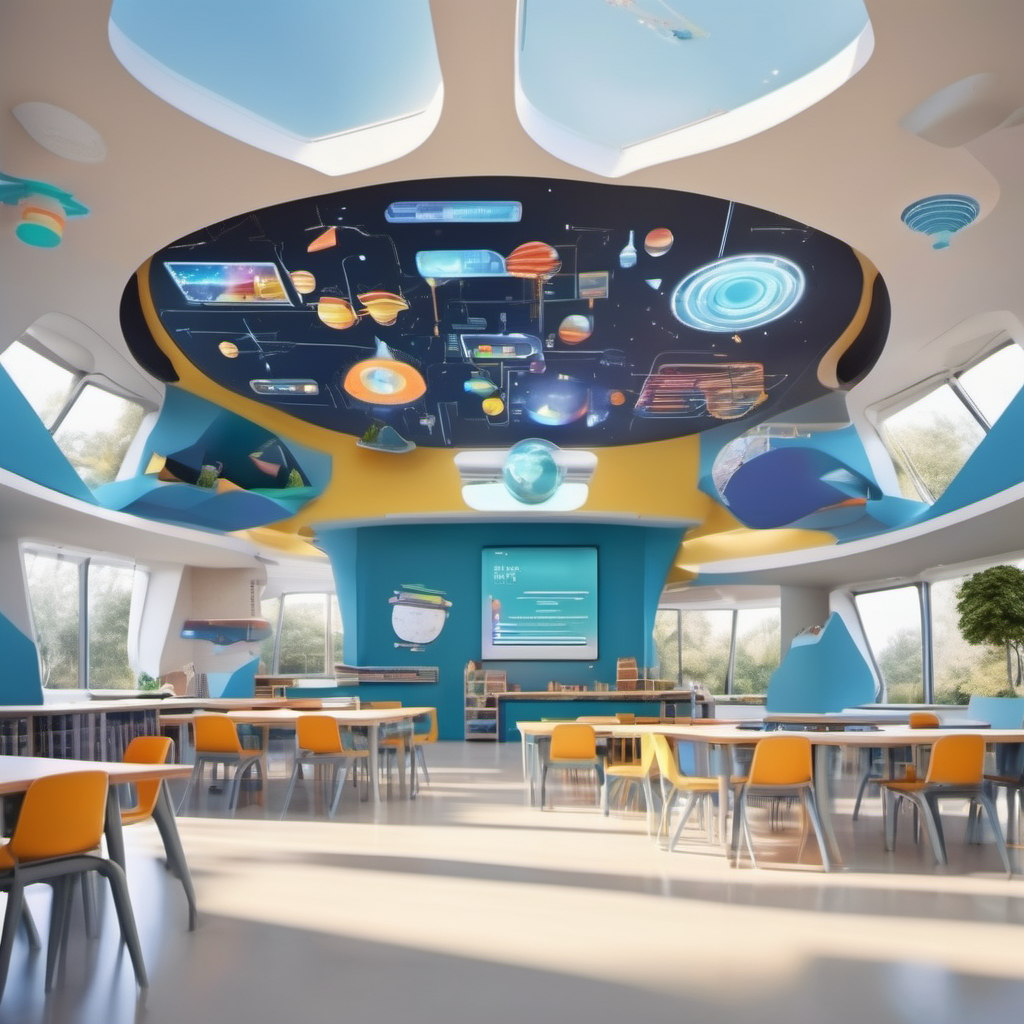
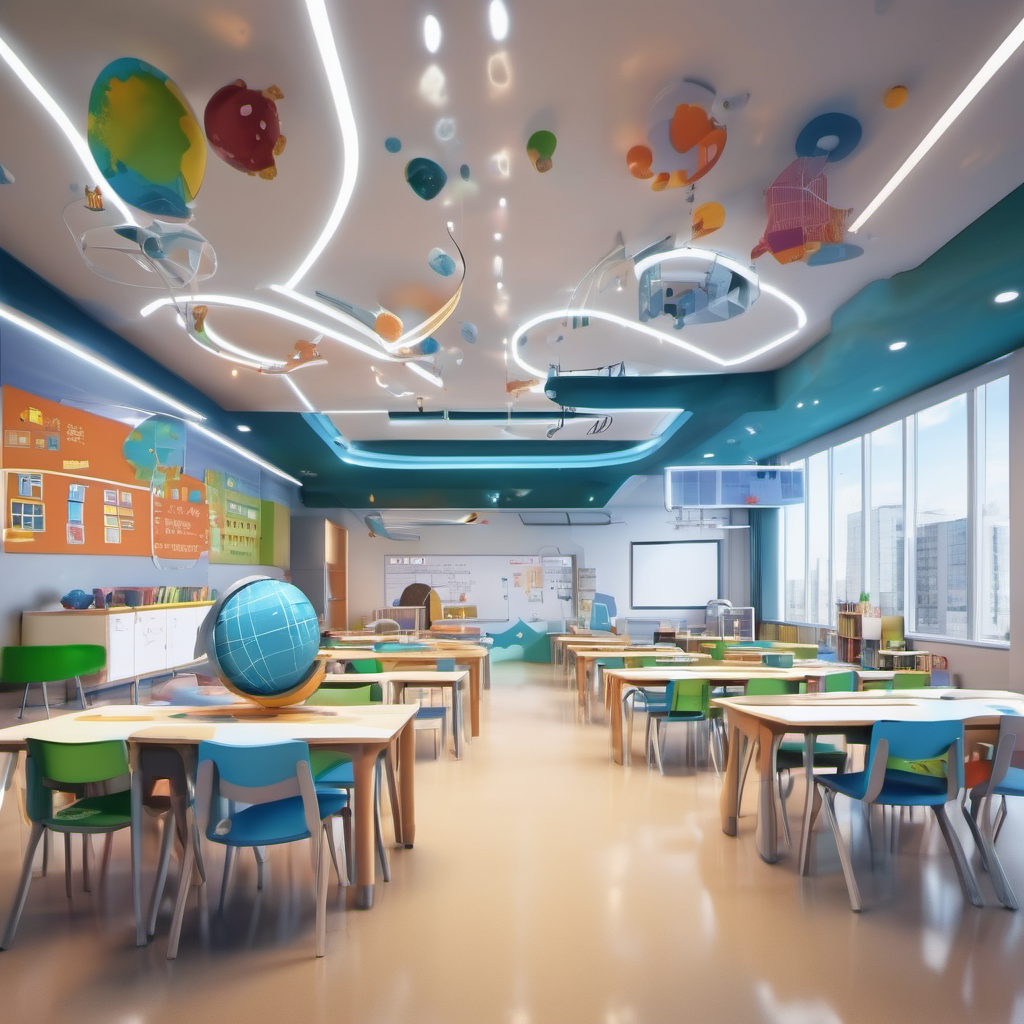

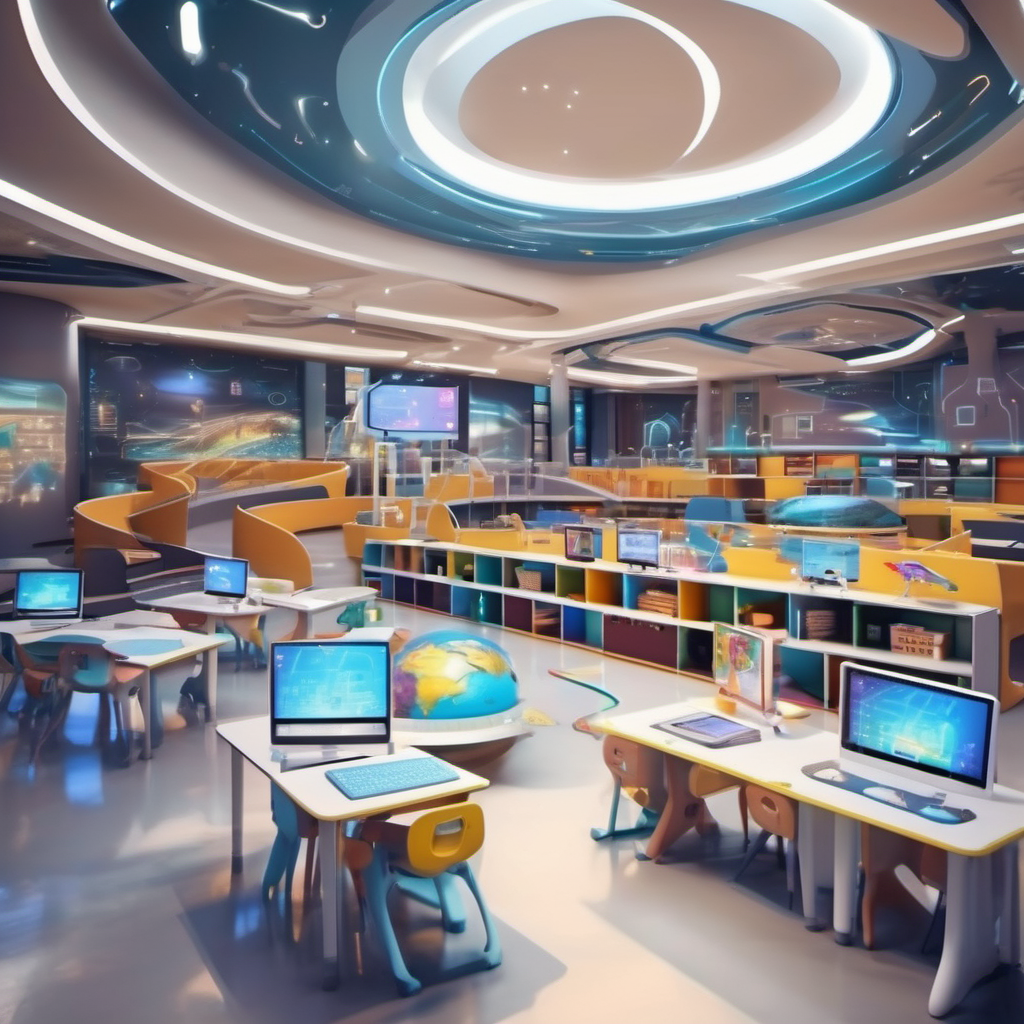
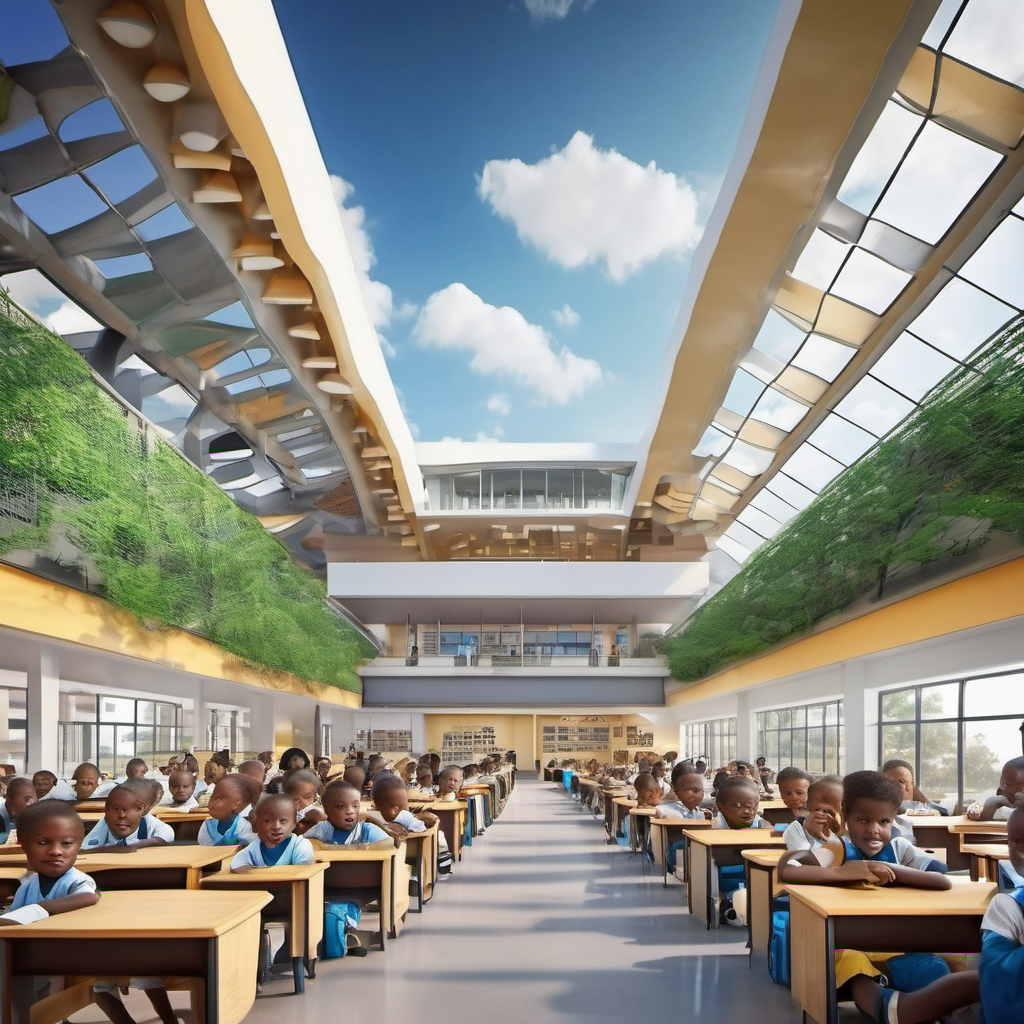
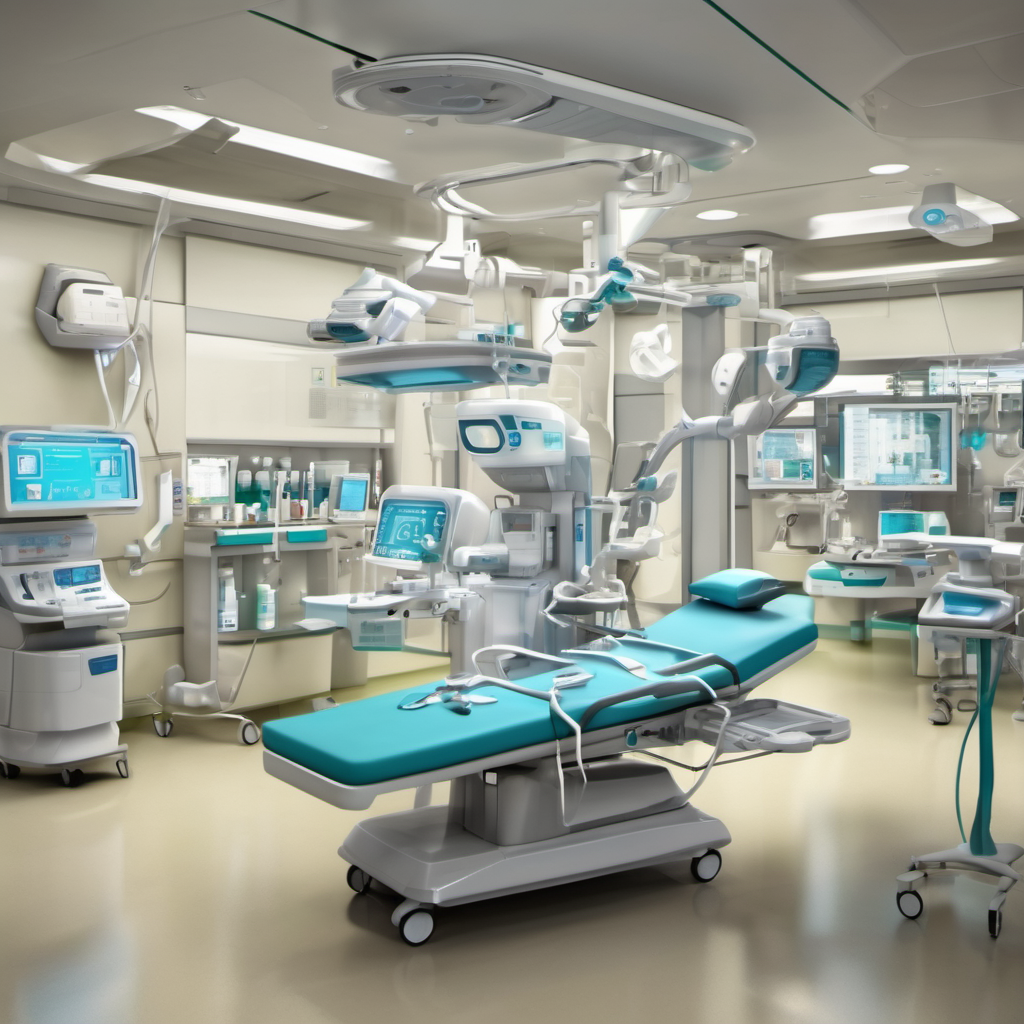
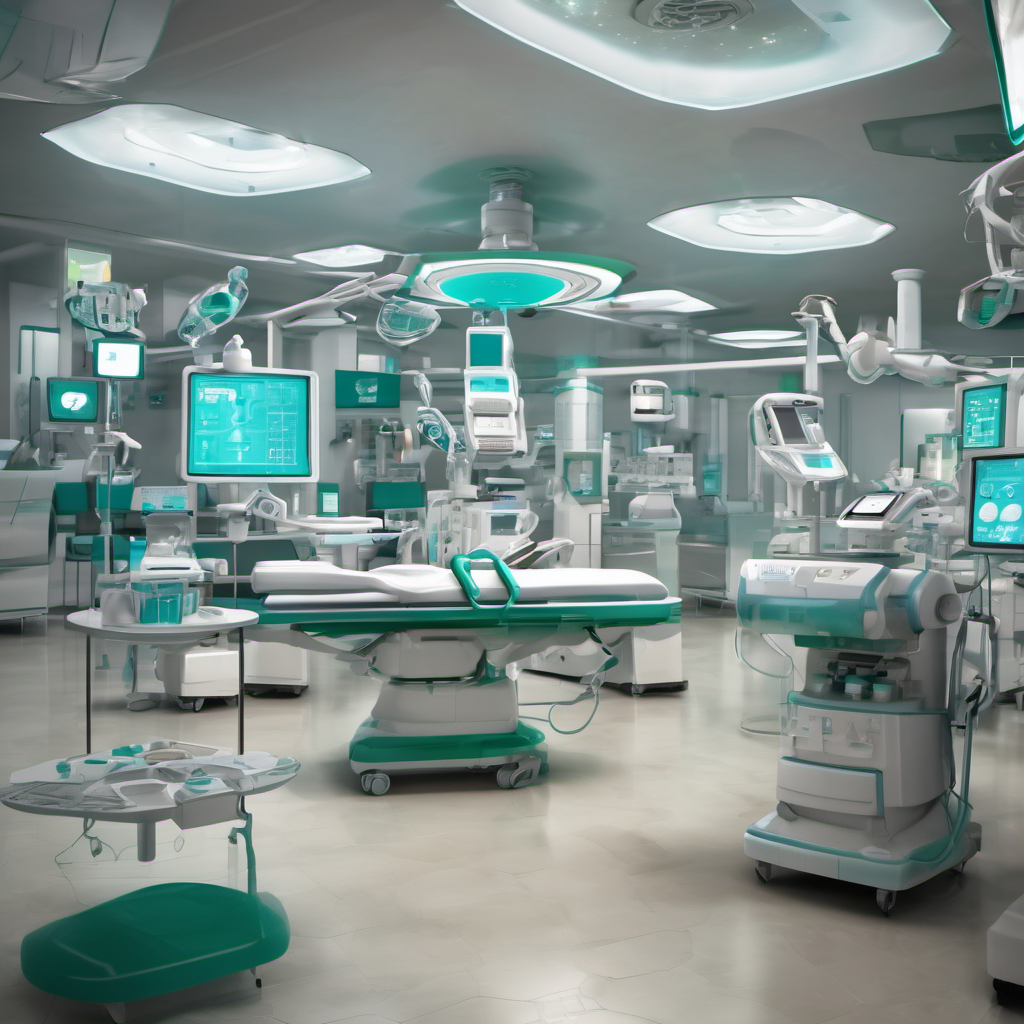
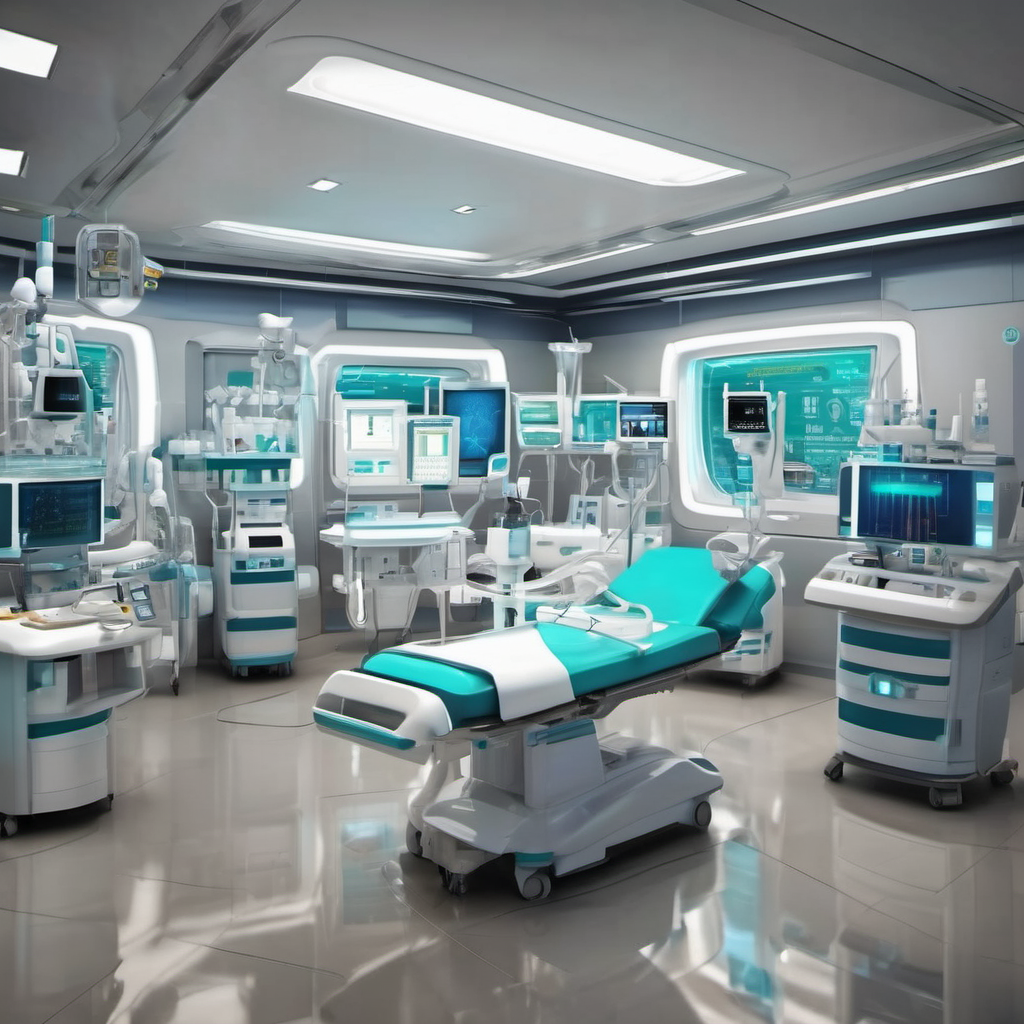

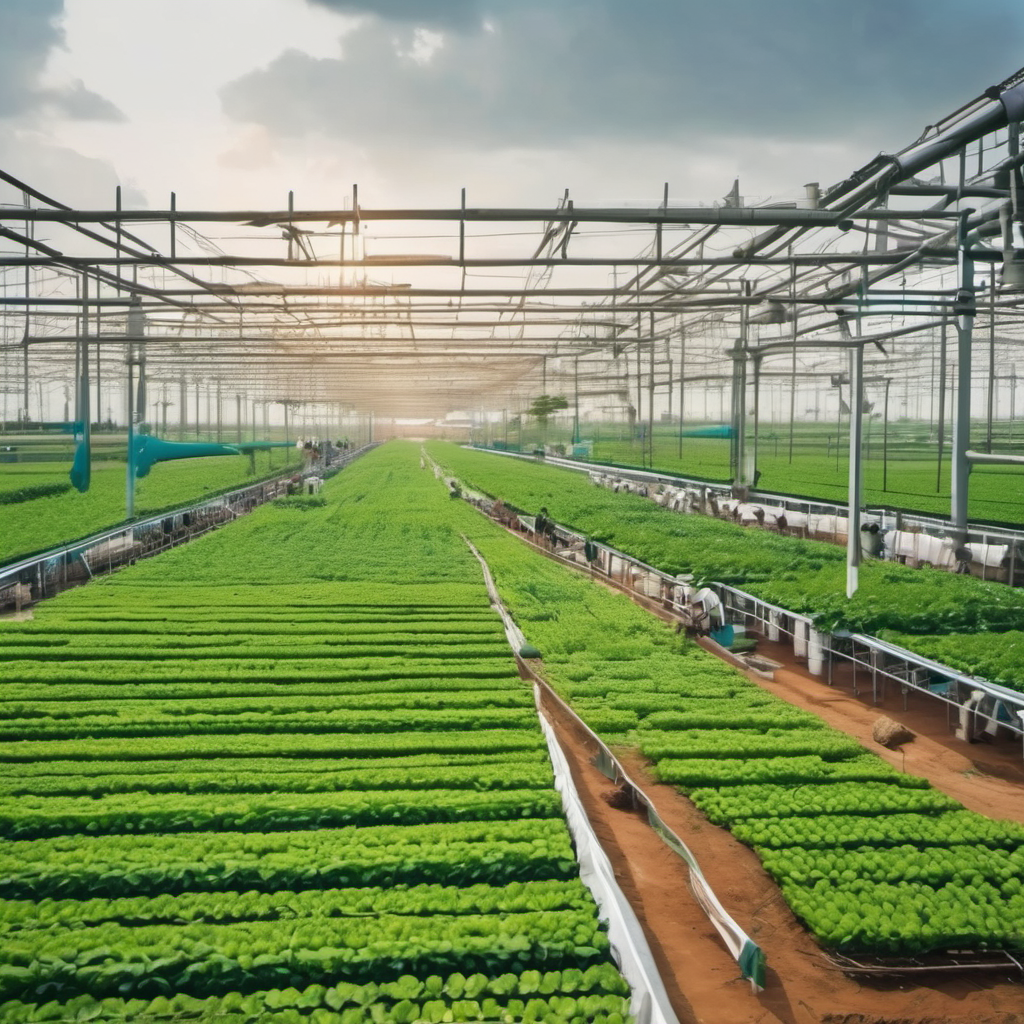

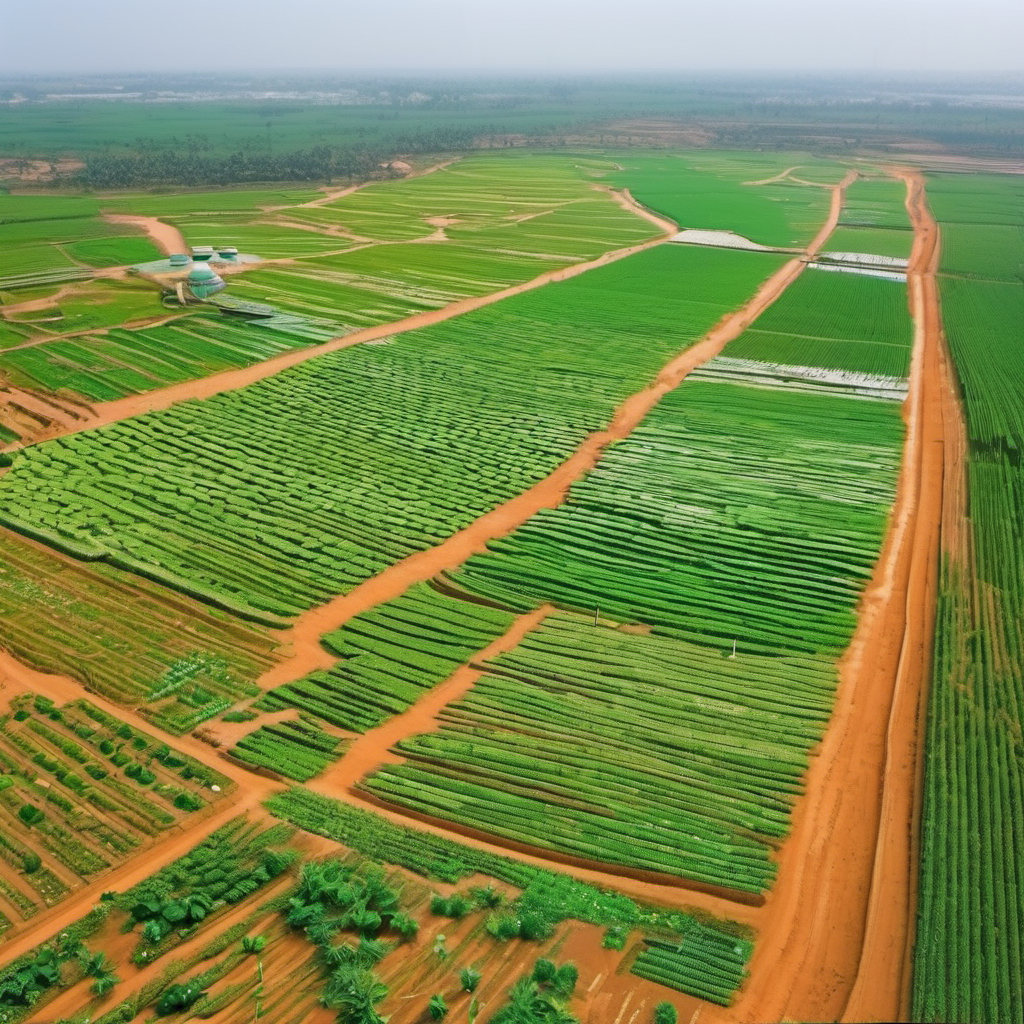
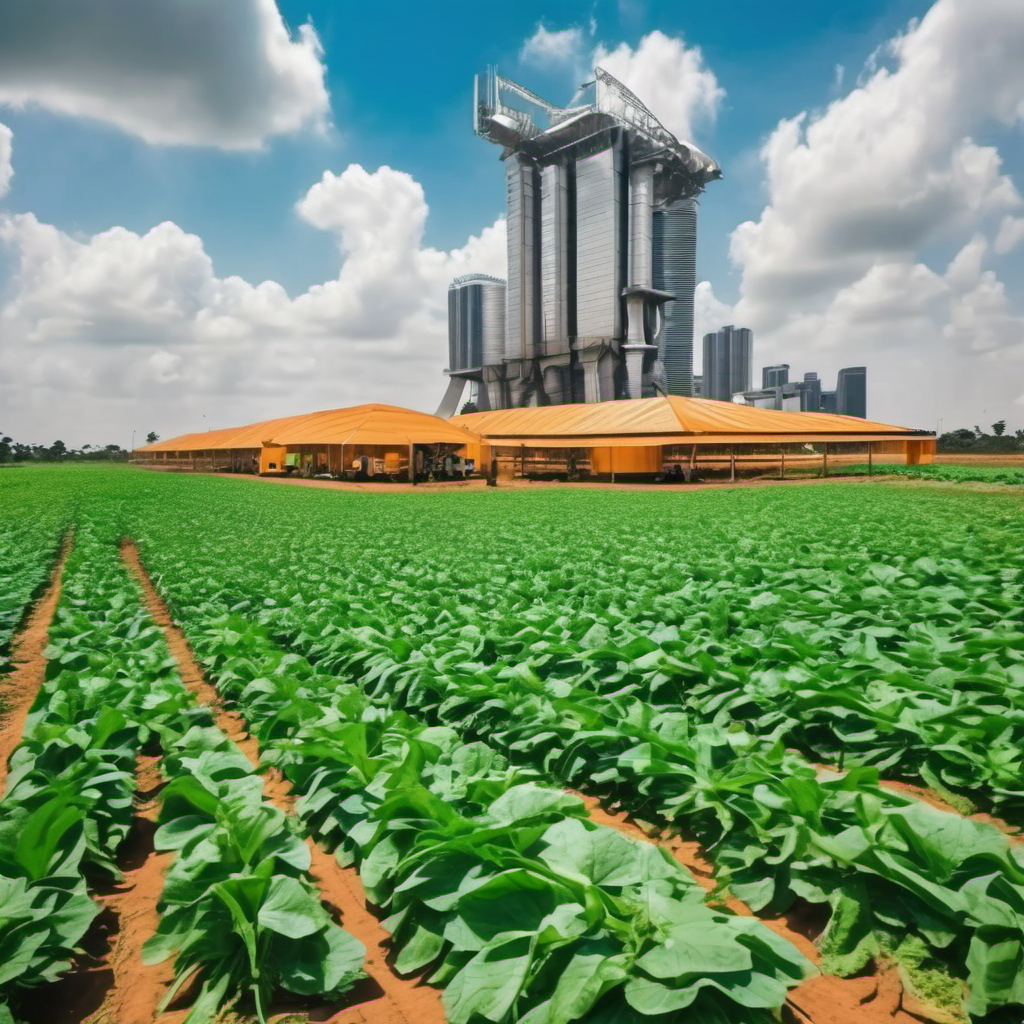
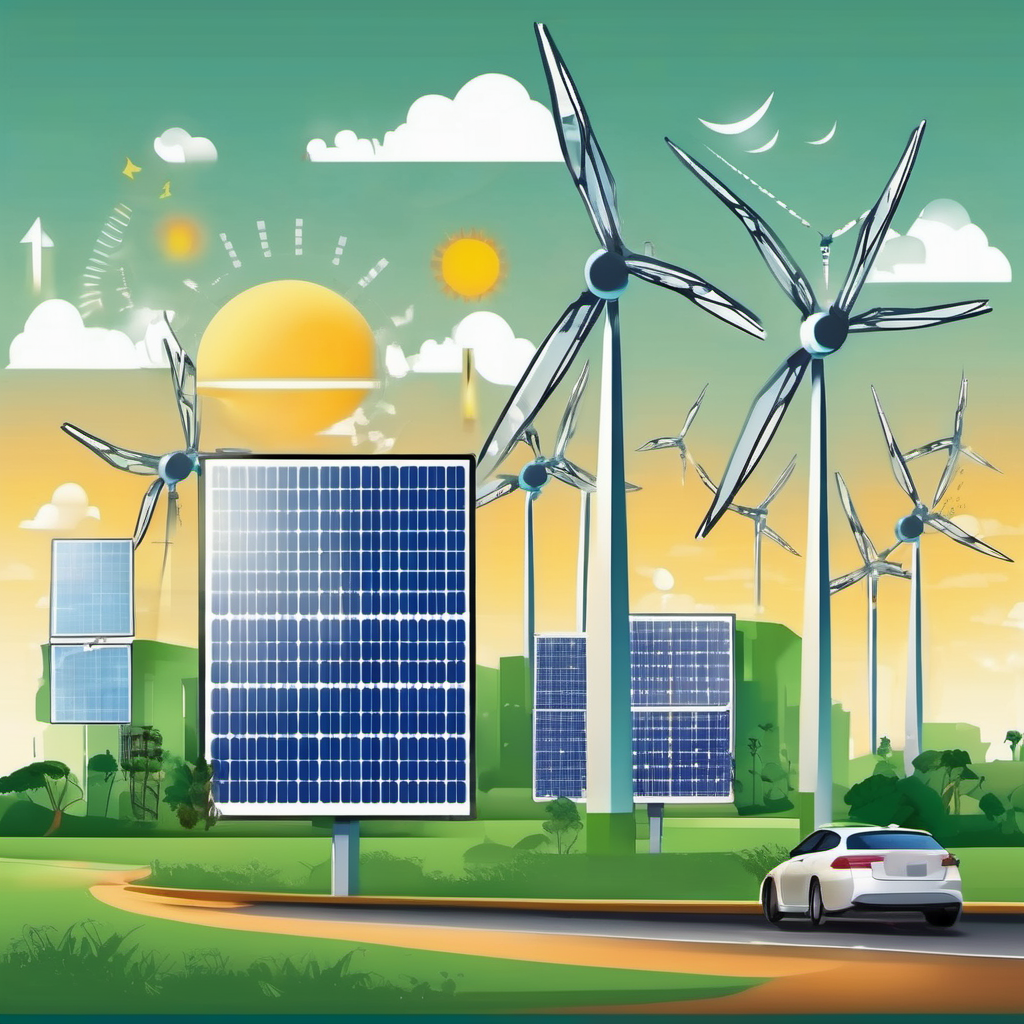

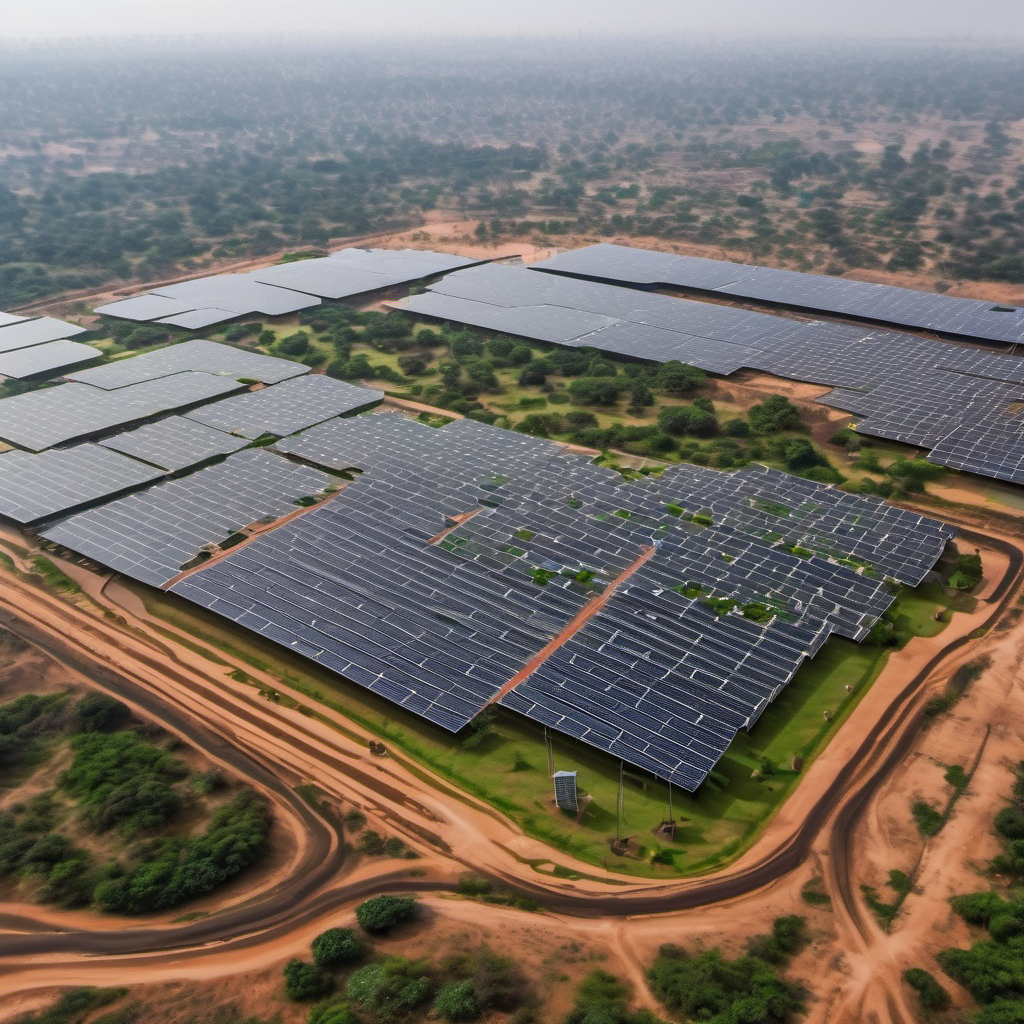
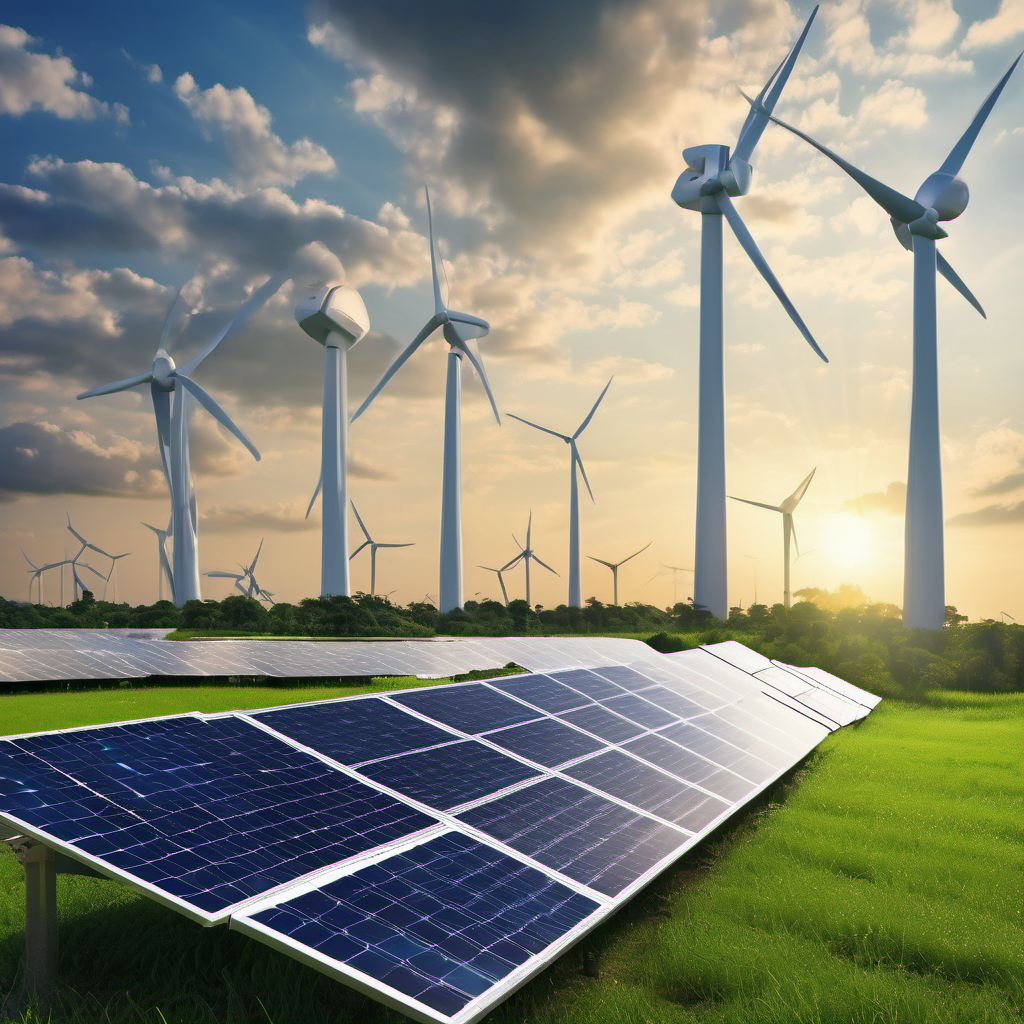

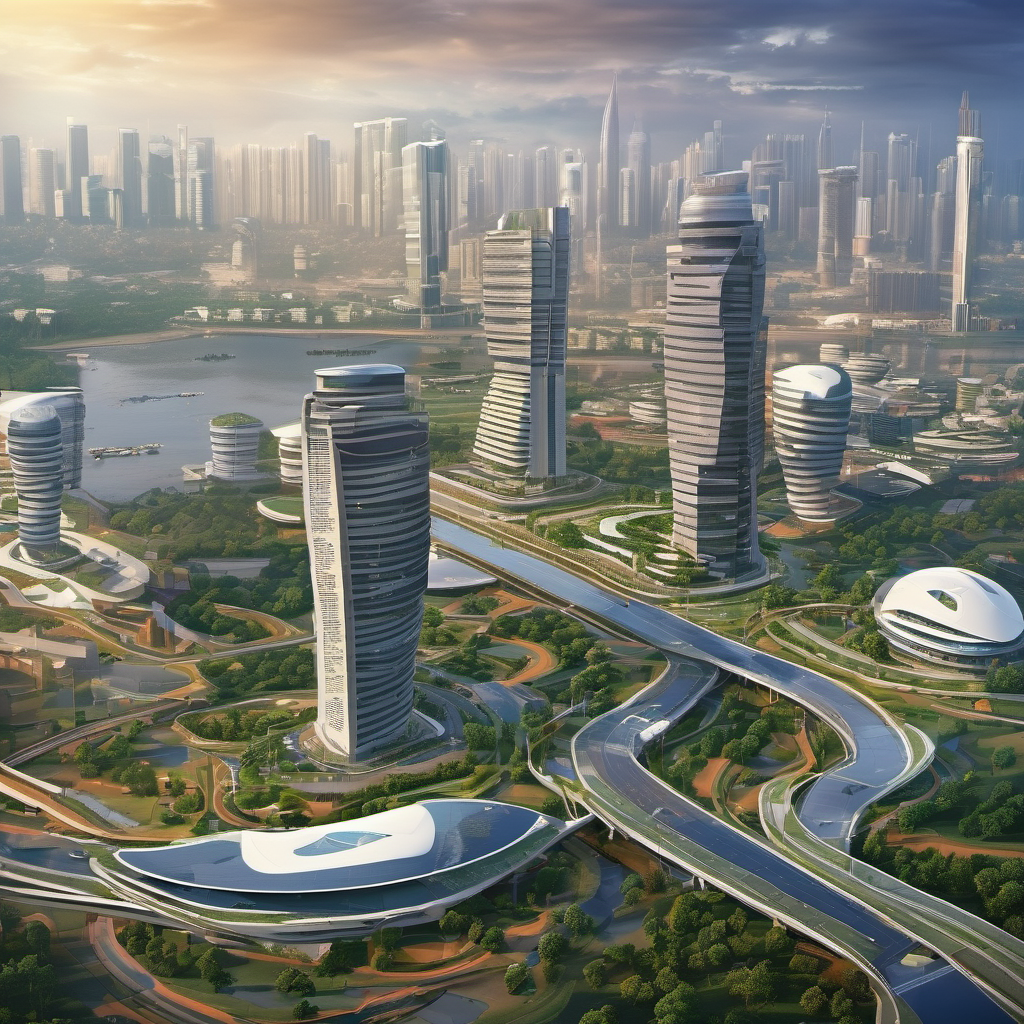
Reviews
There are no reviews yet.